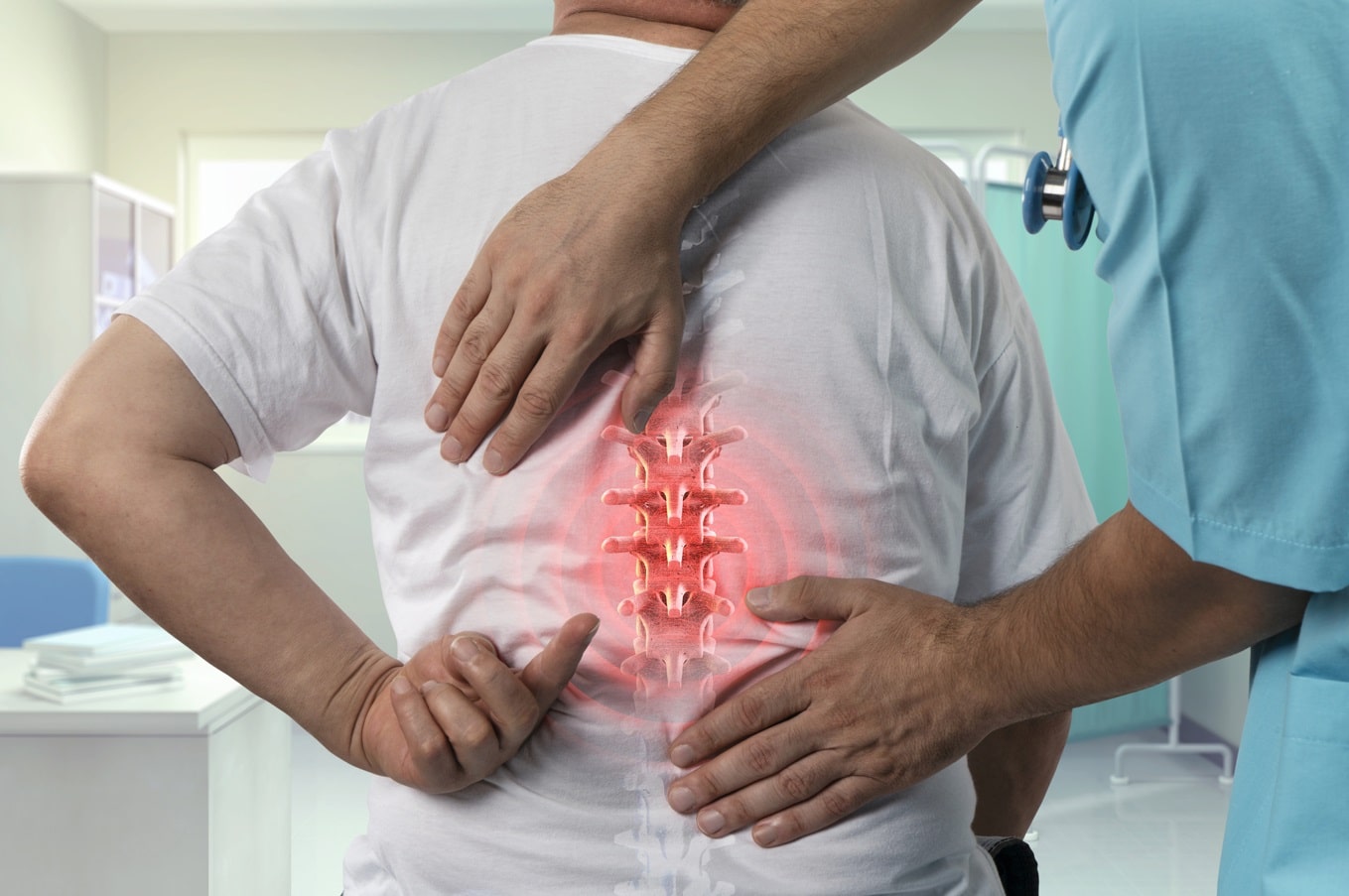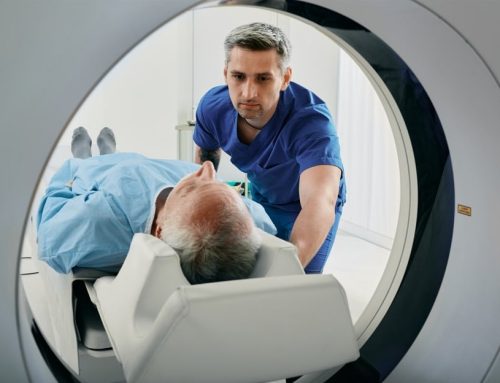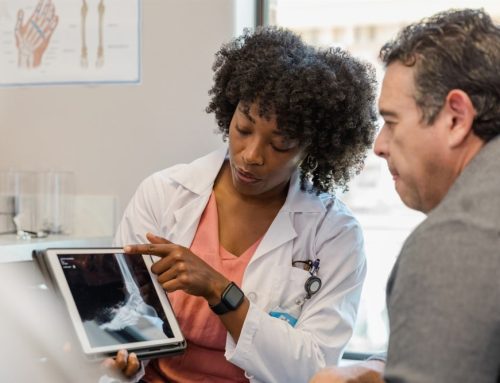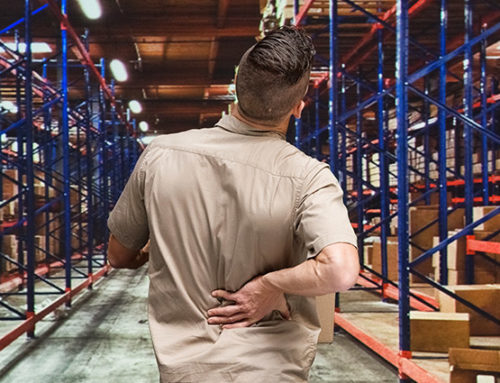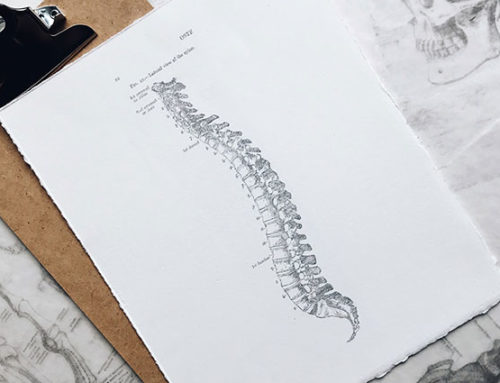The spine is a complex structure that supports your body and enables you to walk, twist and move. Back pain or discomfort can limit mobility, affect social participation and cause work limitations. Let’s look at the makeup of the spine and the 10 most common spine problems we encounter at Cary Orthopaedics.
Structure of the spine
The spine comprises 33 individual bones called vertebrae, which are separated by discs that allow the spine to move and bend. The vertebra is divided into five regions with different functions:
- Cervical – The cervical spine is in your neck and supports the weight of your head.
- Thoracic – The thoracic spine holds the ribcage, which protects your heart and lungs.
- Lumbar – The lumbar spine is the largest section of the spine and bears your body weight.
- Sacrum – The sacrum connects your spine to your hip bones and is part of the bony ring that makes up the pelvis.
- Coccyx – The lowest region of the spine is the coccyx or tailbone, which attaches ligaments and muscles to the pelvic floor.
The spine also connects a network of nerves and muscles that control movement and sensation throughout the body. Injury, overuse, strain or disease of the spine can cause pain in the neck, back and arms.
Common spine problems
The most common spine problems are found in the cervical and lumbar spine, which are the neck and back. Problems can result from injury, overuse or disease. Here are 10 common spine problems:
Whiplash
Trauma to the muscles and ligaments in the neck from sudden jerking of the head beyond its normal range of motion can cause whiplash. Symptoms are generally felt up to 24 hours after the injury and include neck pain, stiffness, headache and dizziness.
Muscle strain
Bad posture or overuse may cause the muscles around your spine to tense, causing strain and tightness. Stretching and regular exercise can alleviate chronic back pain due to muscle strain.
Herniated disc
Discs between the vertebrae act as a cushion between the bones. When the cartilage shifts and leaks, it can interfere with nerve endings in the spine. Herniated discs often occur in the lower back and cause back pain, numbness, tingling and muscle weakness. You should see a doctor to discuss your symptoms and treatment options.
Osteoarthritis
A form of arthritis, this degenerative disease occurs when the cartilage between the vertebrae breaks down, causing inflammation and pain. Osteoarthritis can lead to nerve damage and bone spurs. Exercise, massage and maintaining a healthy weight can help you manage symptoms.
Degenerative disc disease
Wear and tear can cause the degeneration of space between the vertebrae discs. It can cause chronic pain with occasional flare-ups of more severe pain. It is a relatively common cause of low-level back pain in the lower back and neck. Medication, physical therapy or injections can help treat the disease.
Sciatica
The sciatic nerve runs from your lower back down your leg. Sciatica can cause radiating pain that runs down the leg and into the foot. Your orthopedic doctor may recommend physical therapy or steroid injections to manage the symptoms.
Scoliosis
The abnormal side-to-side curvature of the spine is called scoliosis. It usually develops in childhood or adolescence. Sometimes it is caused by aging and arthritis.
Signs of scoliosis include uneven shoulders, rib cages or hips, and the body may lean to one side. Treatment may consist of physical therapy or, in some cases, surgery.
Osteoporosis
Common in older adults, osteoporosis occurs with the loss of bone density and structural integrity of the spine. Bones can become brittle and lead to fractures, collapsed vertebrae and poor posture. A diet with food rich in Vitamin D can prevent the loss of calcium in the bones.
Spinal stenosis
Spinal stenosis occurs when the space between the vertebra narrows and causes pressure on the spinal cord and nerves. Symptoms often begin slowly and become worse over time. It is usually caused by aging or injury, but it can also be caused by arthritis or spinal tumors. Treatment may include over-the-counter or prescription pain medicines or physical therapy.
Spondylolisthesis
Spondylolisthesis is when one vertebra slips forward onto the vertebra below it, causing pain, stiffness and difficulty moving. Factors including genetics, injury and overuse are often the cause. Non-surgical treatments like physical therapy, pain medications and supportive braces can help you manage symptoms.
Symptoms of spine problems
Back or neck pain is the most common symptom of a spine problem. Rest and over-the-counter pain medicine can relieve the symptoms in the case of trauma like whiplash or another known injury.
If the pain worsens or you develop tingling and numbness in the arms, legs or hands, seek the help of a board-certified orthopaedic specialist. Other symptoms that should be discussed with your doctor include the following:
- Pain when at rest
- Loss of movement
- Fever
- Unexplained weight loss in combination with back pain
- Pain that has no apparent cause
- Extreme and sudden pain following a mild fall or other simple trauma
- Altered sensation or sharp and shooting pains that radiate down to the lower leg, ankle or foot
- Radiating pain, headaches, weakness or loss of function in the limbs
Spine pain relief in Raleigh and Cary
If you are experiencing pain or discomfort in your back or neck, make an appointment with an orthopaedic doctor to discuss your medical history and current symptoms, and learn what treatments are available. Cary Orthopaedics has a comprehensive spine center with state-of-the-art care for a wide range of spine conditions. Please make an appointment with one of our spine specialists today.

